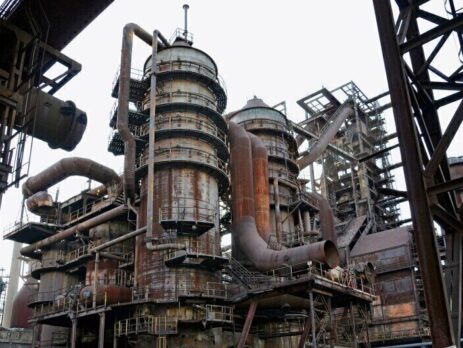What Are the Applications of Portable Gas Detectors?
Creating a safe working environment for personnel is a fundamental obligation for all employers. Of course, there are certain industries where the production, processing and subsequent accumulation of potentially dangerous gases is more of a concern than others, so gas detection is a particular priority. While fixed gas detectors can provide continual data on the composition of air in a given location, there are other situations where portable detectors are more appropriate.
Of course, the full range of applications for portable gas detectors is far longer and more diverse than can be enumerated in an article as brief and introductory as this one. However, the below industries and settings represent some of the more common applications for portable gas detectors around the world today.
Fossil fuel industry
The extraction, processing, storage and distribution of oil and gas necessarily creates a multitude of different substances, some of which can be potentially damaging to those working on the site and living in its vicinity. It’s for that reason that fixed gas detectors and fence line monitoring are insufficient to guarantee the safety of those involved. Instead, portable gas detectors can provide an employee (and their employer) with complete peace of mind by continually verifying the safety of the environment, wherever the individual may go.
Healthcare institutions
Maintaining the cleanliness and hygiene of healthcare facilities is paramount to achieving positive outcomes in such settings. After all, decontamination of an area without proper monitoring in place is like shooting in the dark, so it’s vital that the appropriate sensing equipment is set up to guarantee the safety of a treatment room. Portable gas detectors are invaluable additions to the sensing arsenal, as well, since they can assist with safety checks as and when new patients or staff enter an environment.
Steel and iron furnaces
Smelting steel or iron is a process which invariably creates a strong volume of potentially harmful gases. That doesn’t just include toxic gases like ammonia (NH3), carbon monoxide (CO) and sulphur dioxide (SO2), but also flammable ones such as hydrogen (H2). What’s more, the profusion of other gases can rapidly displace oxygen and deplete the levels of breathable air, creating an environment conducive to asphyxiation. Durable, wearable sensors are a must for safeguarding steel and ironworkers.
Water and wastewater treatment
A variety of chemicals are used during the treatment of both wastewater and water, meaning that they can escape into the atmosphere in the form of potentially toxic or flammable gases. Even at low concentrations, gases like sulphur dioxide (SO2) and hydrogen sulphide (H2S) are damaging to human health and while the latter does have a distinctive odour, it can damage the olfactory receptors in high concentrations, thus masking its presence. As such, a portable detector is required.
Open-source air monitoring platforms
While the above applications have been industrial and commercial in nature, there are also more everyday applications of portable gas detectors. For example, cities like London have been launching new initiatives aimed at building up a more comprehensive view of ambient air quality, with small sensors in AQ Mesh “pods” and volunteer-carried portable gas detectors just two of the techniques being pioneered. As a means of determining pollution levels, portable sensors provide real-time data at a hyperlocal level.
